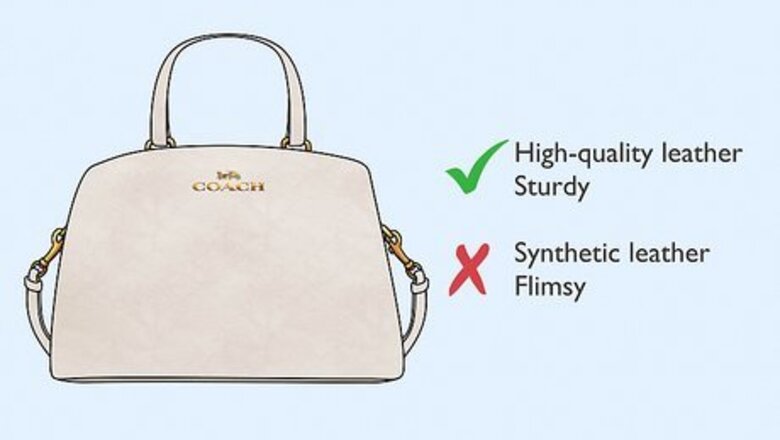
views
Inspecting the Quality
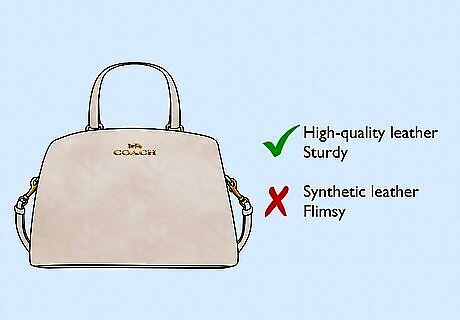
Examine the craftsmanship. There should be little wear to the bag and the material should be sturdy. Coach products are made from expensive and authentic materials. For example, they use real, high-quality leather. So if the bag appears overly smooth and plastic-y, or seems to be made from canvas, it's likely to be made from a synthetic like pleather, which would make it a fake. If the bag is flimsy or it appears to stretch a lot, these are also red flags.
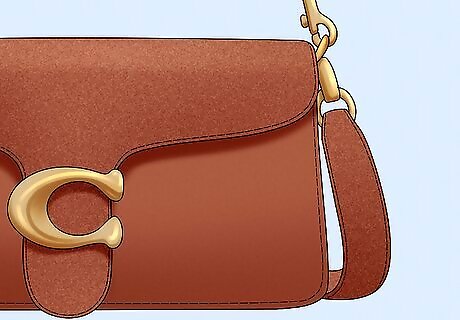
Look at the stitching. The seams and stitching of Coach bags are even and clean. Each stitch should be the exact same length. They should also be straight and not over-stitched (i.e., stitches sewn over an edge to prevent fraying or loosening). This means you will see only one line of thread, not multiples stitched over each other.
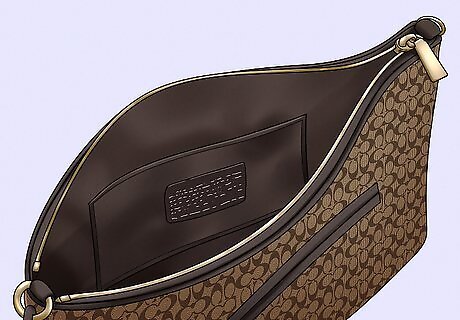
Check the lining. Most Coach purses will have a solid-color, satin lining. However, bags without the 'CC' print on the exterior may have it on the interior instead. This may not always be the case, though, as some bags may not have the CC pattern on either the outside or the inside. Keep in mind that a Coach bag should never have the CC pattern on both the inside and outside.
Looking For Logos and Tags
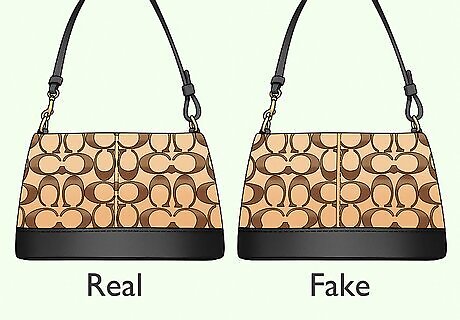
Look at the 'CC' pattern. Bags with the signature C design follow a very set arrangement. For example, both Cs should be horizontal, facing each other, and touching. They should also start in the center of the front panel on the bag, and be structured to where you could cut the bag in half down the middle and have matching patterns on each side. There should also be no breaks in the pattern, even at the seams and pockets. Bags with the 'C' pattern are usually the ones that are faked, so be sure to inspect the bag carefully. There shouldn't just be Cs all over the place. Also make sure the Cs are actually Cs and not Gs. From a distance, the difference may not be noticeable.
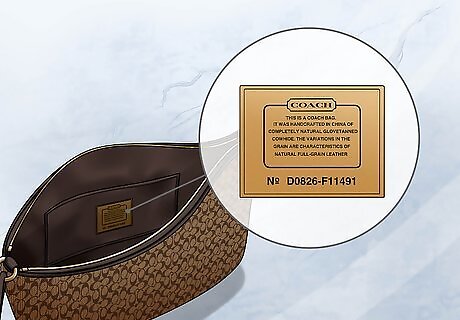
Look for labels. Labels are commonly found on the hardware, outside of the bag, and on the inside of the bag. For example, each bag should come with the Coach leather creed, which is a leather patch embossed on the inside containing the bag's serial number. If there isn't a leather patch, the serial number for the bag should at least be stamped on the inside, not printed. Keep in mind that some Coach bags like the clutch, swingpack, and mini will not have a serial number. Bags from the 1960s will also not have a serial number, and bags from the 1970s and 1980s will have a serial number with only numbers, not letters and numbers like current bags. A few Coach bags (such as those in the Legacy series) will have their serial numbers stamped and inked in a gold-tone ink. If the number is only inked, that's a red flag.
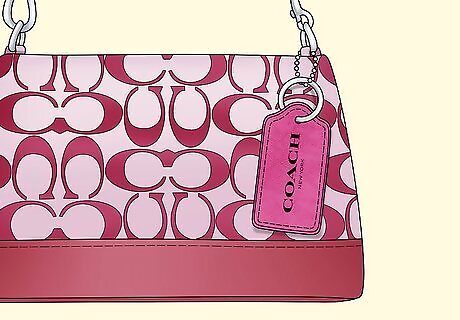
Check the logo tags. Many Coach purses also come with logo tags. These are leather tags attached to the purse with a beaded chain. The trim of the tag should match the trim on the bag, and the COACH logo should be raised, not imprinted.
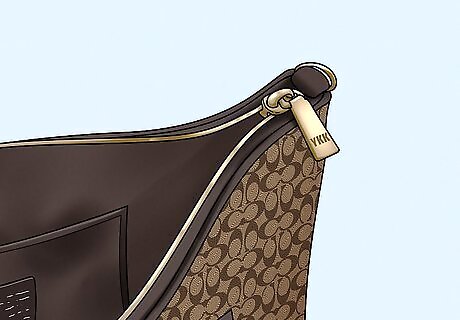
Take a look at the zippers. Zippers on a real Coach bag will have a pull made of either leather or rings. Some, but not all, Coach bags will also have the letters "YKK" engraved into the metal of the zipper. Pulls made of another material are typically indicators of a fake.

Compare the bag to pictures on the Coach website. If anything about the bag seems off to you, comparing it to an image of an authentic version is a good idea. It can help you determine where the labels should be on that particular bag, as well as how the bag should look; what the pattern should be, the inside lining, and the logo tags.
Examining Outside Factors
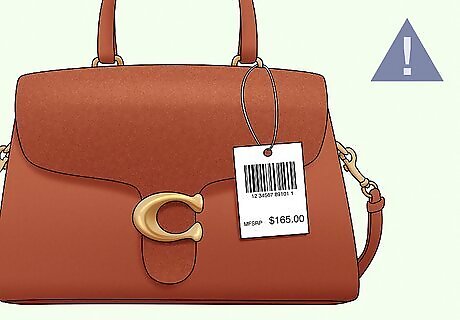
Determine if the deal is too good to be true. While they aren't the most expensive bags comparatively, Coach bags can still be anywhere between $200-$600. Even the used bags can retail for a hefty price. If a new Coach bag is selling for a cheap price, that's a good sign that it's a fake. Keep in mind the actual pricing of the bag you want and compare it the one you're considering buying. Are they similar?

Pay close attention to the vendor. If a vendor avoids your questions, looks guilty, or gives vague answers when you ask about the authenticity of a bag, it's a good sign that you should be wary. Ask if they accept returns. If they don't, they may not be credible. If the vendor has a lot of the same type of bag, this is also a red flag as it usually means they're replicas. Inspect the material in this instance. Are the bags made of fabric or cheap leather? If the seller is advertising Coach bags that are labeled as "designer-inspired" or "Grade A replicas", they're fake. This terminology is used so that the producer of the fake bags won't get in legal trouble. Mall vendors and street vendors, as well as online auction sites (such as eBay), will often sell fakes. Department stores are more likely to have genuine Coach bags in the purse section.
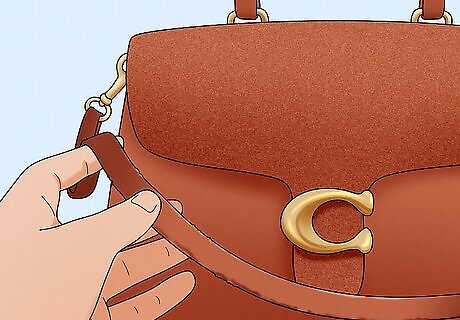
Look at the wear once the bag is broken-in. If the bag holds up and wears nicely, it shows that the bag is authentic or at the very least well-made. A broken, torn bag by the end of a few weeks shows that the bag is most likely a fake. Coach bags are made from quality materials, so frayed threads, cracked leather, and warping from use are going to take a while -- probably a few years.




















Comments
0 comment